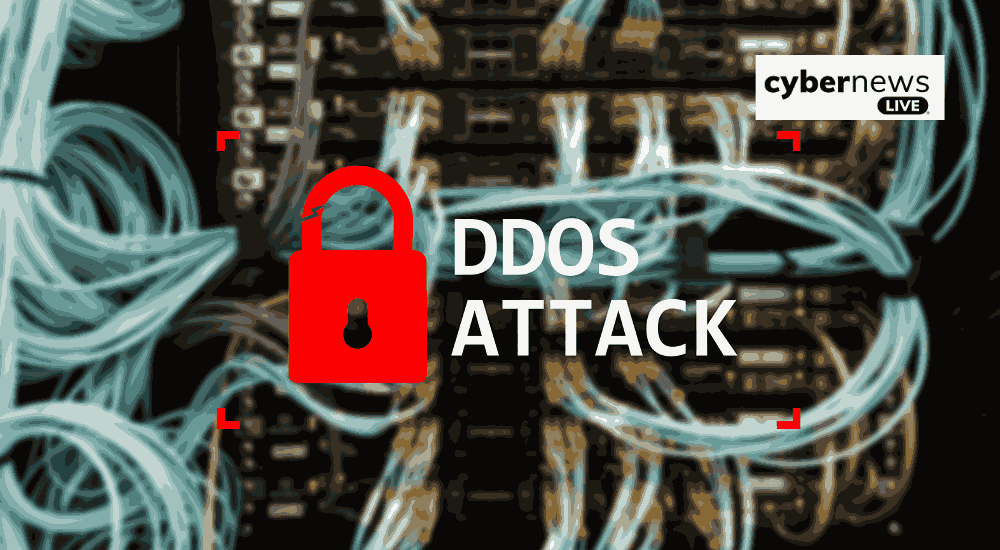
DDoS Attacks: Everything You Need to Know
A distributed denial of service (DDoS) attack is a sophisticated online extortion aimed at coercing money from individuals or organisations by flooding their systems with overwhelming traffic. These DDoS attacks can severely disrupt organisational operations, leading to significant revenue losses and damaging credibility over time. Investing in DDoS mitigation services and maintaining constant vigilance against emerging threats are crucial steps organisations can take to mitigate these risks.
In recent years, DDoS attacks have increased exponentially, with perpetrators employing increasingly sophisticated tactics to maximize impact. Extortion through such attacks has become alarmingly common, transforming from mere disruptions to formidable threats capable of crippling digital infrastructures.
The expanding scope of these threats underscores the urgent need for heightened vigilance and proactive security measures. The rise in extortion tactics highlights a concerning trend where attackers seek financial gain by exploiting vulnerabilities in organisational defenses.
Let’s understand the DDoS attacks in detail.
What are DDoS Attacks?
A DDoS attack is a malicious attempt to overwhelm the resources of an application, website, or network, making them unable to serve legitimate users. Like traffic jams on a freeway, DDoS attacks flood targets with malicious network traffic from multiple sources, making them harder to mitigate than ordinary DOS attacks, which come from a single source.
DDoS attacks utilize various networking protocols to achieve their disruptive goals. These attacks can severely impact an organisation’s operations. Even a brief downtime can lead to financial losses for many businesses. Furthermore, an extended outage can damage an organisation’s reputation and undermine customer trust.

How Does DDoS Attacks Work?
Typically, a DDoS attack begins with attackers sending a ransom note to a business or organisation via email or other digital channels. This message demands payment and threatens to launch a DDoS attack if their demands are not met. Sometimes, attackers demonstrate their capability by initiating a small-scale attack as a warning. If their needs are ignored, attackers proceed with a full-scale DDoS attack. They may use their botnet or rent a DDoS service to flood the target network with excessive traffic, disrupting or disabling the target’s services, applications, or websites.
During the attack, the targeted system suffers severe consequences. Depending on its intensity, the organisation can face financial losses, operational disruptions, or damage to its reputation.
To defend against these attacks, organisations employ various preventive measures such as rate limiting, IP blocking, blackhole routing, and specialized DDoS protection techniques. Mitigating these threats is challenging, especially when dealing with distributed attacks from multiple malicious sources.
The aftermath of a DDoS attack can be precarious, as attackers may escalate their demands or launch more sophisticated attacks in the future.
How to Prevent DDoS Attacks?
If you’re at high risk of DDoS attacks, take preventive measures and never pay the ransom. Here are methods to strengthen your defenses and reduce risks.
Expand DDoS Mitigation to Additional IPs
Expand DDoS mitigation to additional IPs. DDoS mitigation protects servers and network equipment by detecting and diverting malicious traffic from critical infrastructure, ensuring accessibility during an attack. However, attackers can target unprotected IP addresses. To counter this, extend your DDoS mitigation to safeguard more web services, IP addresses, DNS servers, and internet-facing infrastructure.
Tailor DDoS Mitigation Strategy
DDoS attacks can evolve and use more sophisticated techniques to avoid triggering mitigation thresholds. To counter this, work closely with mitigation providers to customise defense strategies. This approach helps identify threat patterns and mitigate dispersed attacks more effectively.
Collaborate with ISPs
Collaborate with your internet providers to enhance network resilience and coordinated traffic control during an attack. ISPs can also provide valuable forensic data for law enforcement and regulatory compliance.
Configure Firewalls and Routers
Network firewalls and Routers can also be configured to mitigate the risks of DDoS attacks. They can stop the unauthorized IP address and block suspected traffic. These firewalls and routers prevent your network equipment from unwittingly amplifying the attacks. Ensure all your firewalls, routers, and other network devices are up-to-date with the latest security patches to avoid the risks of a DDoS attack.
Conclusion
DDoS attacks pose a significant risk for organisations, making a robust mitigation strategy crucial. By implementing effective prevention measures, organisations can significantly reduce the risks of a DDoS attack. Remember, a strong defense is the best solution against any cyber threat. With solid protection, DDoS attacks can have little or no effect on a business’s functioning.
Protect yourself and your business by investing in DDoS Mitigation services. Stay updated on new cyber threats and mitigation strategies with Cyber News Live.

